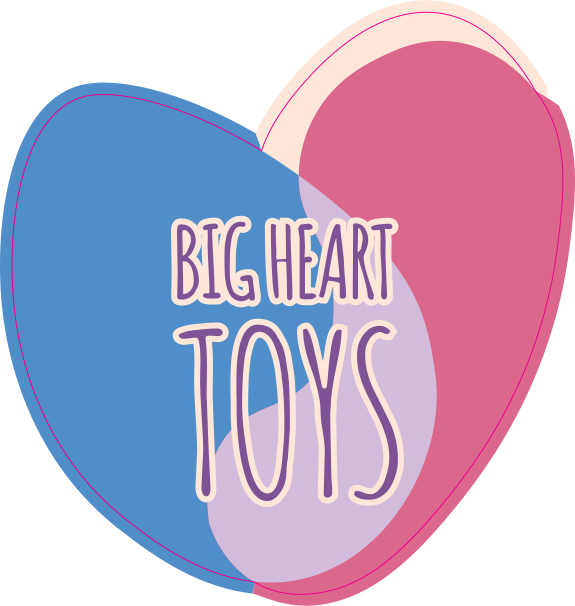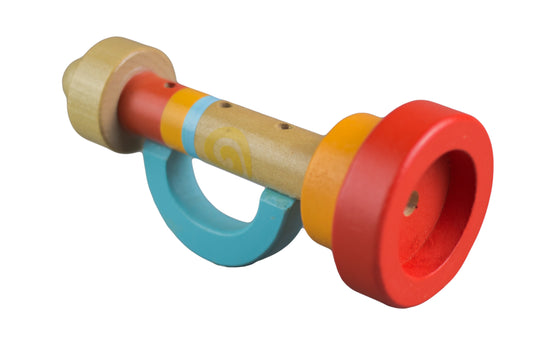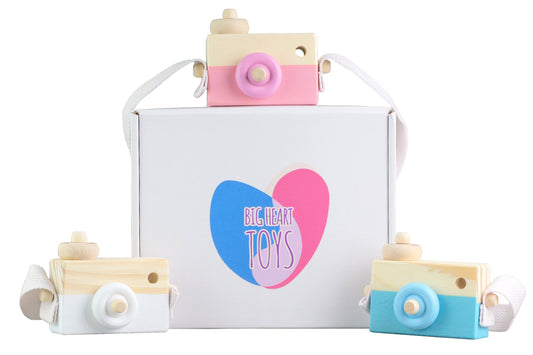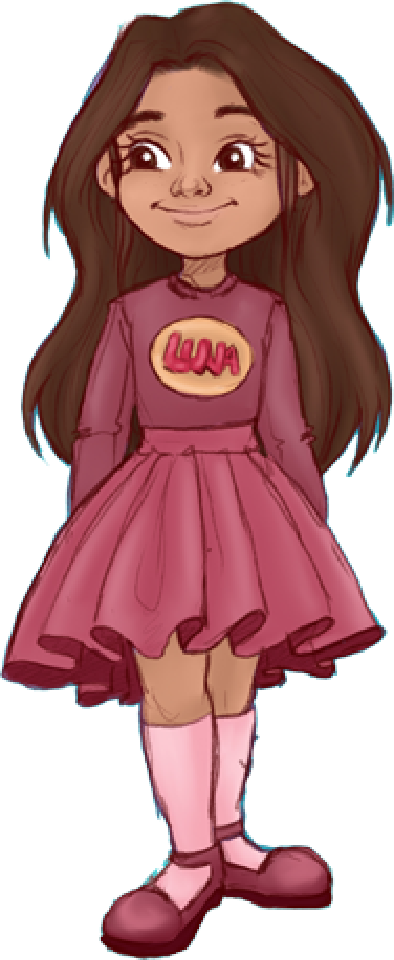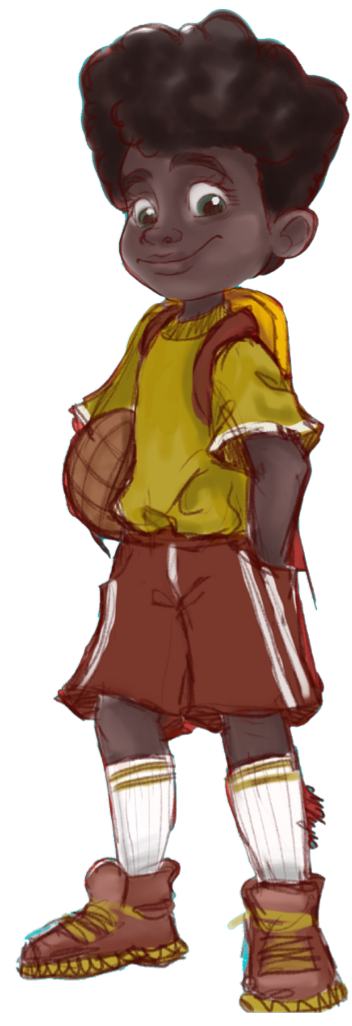Anxiety and autism have very similar traits but also key differences. This article will go over these differences and the traits that they both exhibit as a way to help you better understand each of these medical diagnoses.
We will also cover how anxiety and autism can occur simultaneously. As we wrap it up, we’ll go over tools to help children cope with big emotions and succeed in their environment.
What Is Social Anxiety?
Social anxiety disorder, also called social phobia or the acronym “SAD,” is a chronic fear of social interactions. Social anxiety can cause children to avoid interactions with peers or adults to avoid potential embarrassment, humiliation, judgment, or more.
When noticed on a frequent basis, for more than six months, it would make sense for you to reach out and have a conversation with a medical professional.
What Are Some Physical Symptoms of Social Anxiety?
In some cases, this manifests in a physical reaction like shaking or crying. To outsiders, these reactions might not seem logical or might appear to be over-the-top, but they make sense within the context of social phobia.
Parents might notice some of these in their children:
- General unease
- Sweating
- Shaking
- Trembling
- Breathlessness
- Chest pains
- Queasiness
Some children might fear judgment from others to such extremes that it can make their little bodies literally feel ill. This can lead to a daily struggle for them. As with any struggle, it makes sense that a person would then develop an avoidance of social interactions.
What Is Autism?
Autism Spectrum Disorder or “ASD” is a developmental condition. Autism falls under the general spectrum of neurodiversity (as compared to neurotypical).
When a child with autism Spectrum Disorder is put into a social situation, they can have trouble controlling their body language, manners, and tone of voice. They also find eye contact difficult to maintain. When you hold conversations with an individual who is autistic, you might find it to seem potentially one-sided.
Children with autism can feel confused by social nuances during conversations. When that happens, and someone acts outside of standard neurotypical responses, they might experience bullying or ostracization.
What Are Some Traits of Autism?
Sensory Overload
Sensory overload is another struggle a person with autism may struggle with within group settings. The overload could then lead to self-soothing maneuvers that could be socially awkward or look like fidgeting.
Their ticks could make the children around them uncomfortable when they do not understand why their friend is stimming. Some autistic individuals find it helpful to redirect this behavior with items like pop toys.
Avoiding social situations or remaining quiet could be normal behavior due to the traits they have as an individual with autism. Oftentimes, this is only when they are around new people unfamiliar to them and not applicable when with well-known friends and family.
Similarities of Anxiety and Autism
The similarities are what make the two conditions hard to tell apart. The conditions make it difficult for a child with autism or anxiety to feel comfortable in social situations. With anxiety and autism, a child might seem happier alone or avoid social groups altogether.
Talking softly is one sign of social behavior for both conditions. A child might exhibit the behavior of avoiding prolonged eye contact or any direct eye contact at all when having a conversation with someone. Another trait that could outwardly look the same would be shows of discomfort. This could translate to repetitive body language, such as fidgeting or stimming.
Potentially, both individuals may stay off on the side like a wallflower, as participation in a group activity could be upsetting. Showing withdrawal and an inability to talk during certain social interactions could be a symptom of either condition.
Usually, a child with either condition feels overwhelmed. However, the reasons for the overwhelming sensation could differ depending on if they have social anxiety or autism.
What Are the Differences Between Autism and Anxiety?
One of the most significant differences would be that when your child exhibits the signs of either autism or social anxiety would be the root cause.
Autism is genetic; it’s not environmental, and the condition is lifelong. Anxiety might be brought on by stress or trauma of an environmental nature. Anxiety might be a short-term condition. Even long-term anxiety can eventually stop.
Eye Contact
Eye-contact avoidance is the same for both, but the reasonings for eye avoidance are different.
With autism, it is debated whether it is because they find the eyes to be non-informative and dull or if they are, in fact, too complex and emotionally aversive. Those with anxiety might feel vulnerable when using a direct gaze and will subvert their eyes to feel more comfortable.
Processing Pathways
There is a difference in the way the brain processes information within a social context.
The middle part of the brain that deals with judgment and planning, the prefrontal cortex, is active in a child with autism. A child with social anxiety will have strong sensitivity in the part of the brain that handles emotions, the amygdala. These differences, especially the brain activations for each condition, show medical professionals that they are not the same but are their own diagnoses.
It can be tricky for most people to tell the difference; that’s why these conditions must be diagnosed by a qualified medical professional.
Anxiety Disorders and Autism Together
The difficulties a child faces with autism naturally in a social setting can result in them feeling overwhelmed, anxious, and fearful of social events. They can then develop social anxiety due to the heightened chances of children making fun of them. Repeated misunderstandings and confusion within social interactions can lead to the same ears that a child without autism faces with social anxiety.
Ways To Help Your Child With Social Anxiety
You can assist a child with social anxiety to cope with their fears. You can encourage your child to face their fears instead of avoiding them. Start small with baby steps that then lead to larger and larger groups or bigger social settings. Identify the stressor for your child and find ways to keep that stress at a minimum.
You can role-play social scenarios with your child to help prepare them for interactions with peers. You can use toys such as stuffed animals, dolls, and puppets. This will help them gain confidence when they are in real-life social settings.
Focus on realistic, grounded expectations around social gatherings and help them understand the expectations as much as possible before entering any social arena.
Ways To Help Your Child With Autism in Social Settings
To help your autistic child with social situations, you can also set the stage for them and let them know as much as possible about the setting and expectations of the social event. They might benefit from using visual aids during your conversations about possible scenarios.
Help your sensory-driven child by letting them carry around a small attachable sensory toy to use. Model and set up times to help them practice appropriate social behaviors. Reinforce the good behaviors and remind them of their strengths.
Key Takeaways
- The only way to truly know if your child has autism or social anxiety is to have a conversation and formal diagnosis with a neurologist, psychologist, or other health care provider.
- Autism is genetic, with them from birth.
- Social anxiety is environmental and comes and goes depending on stress levels.
- With Autism Spectrum Disorder, the brain uses the prefrontal cortex during social interactions.
- For social anxiety, the brain uses the amygdala during social interactions.
- There are cases where social anxiety can be developed by someone diagnosed with autism.
- Help by preparing your child before social situations.
- Find a small portable sensory item for a child with autism
- Reward progress and good social interactions
- Support and love that is given by you to help your child through life!
Hopefully, this article gave you a clearer understanding of both social anxiety and autism. Continue to love, care, and play with your little ones.
Sources:
Differences Between Social Anxiety and Autism | Simply Psychology
Anxiety and Autism Spectrum Disorders: Articles | The Indiana Resource Center for Autism
Social anxiety disorder (social phobia) - Symptoms and causes | Mayo Clinic
Signs and Symptoms of Autism Spectrum Disorders | CDC
Sensory differences - a guide for all audiences | National Autistic Society.
